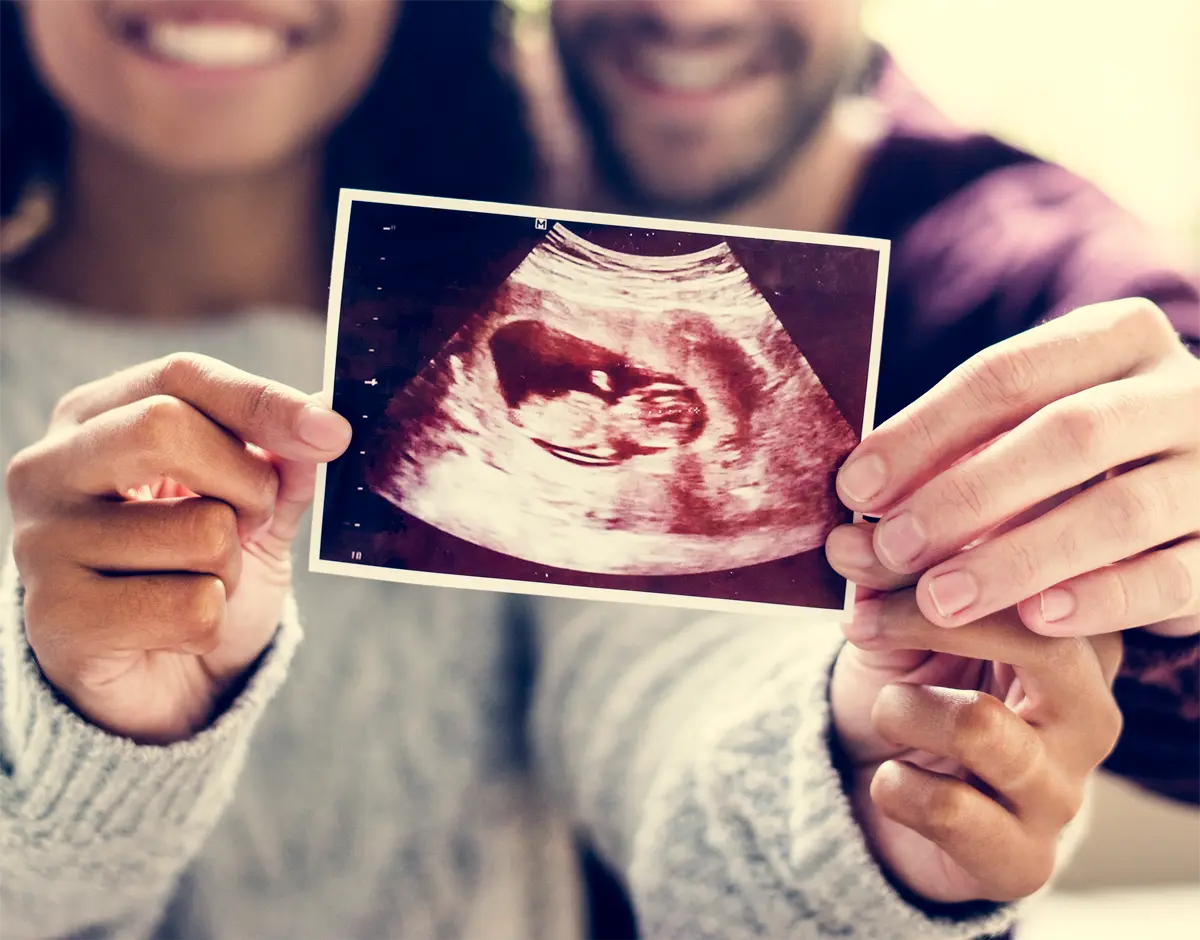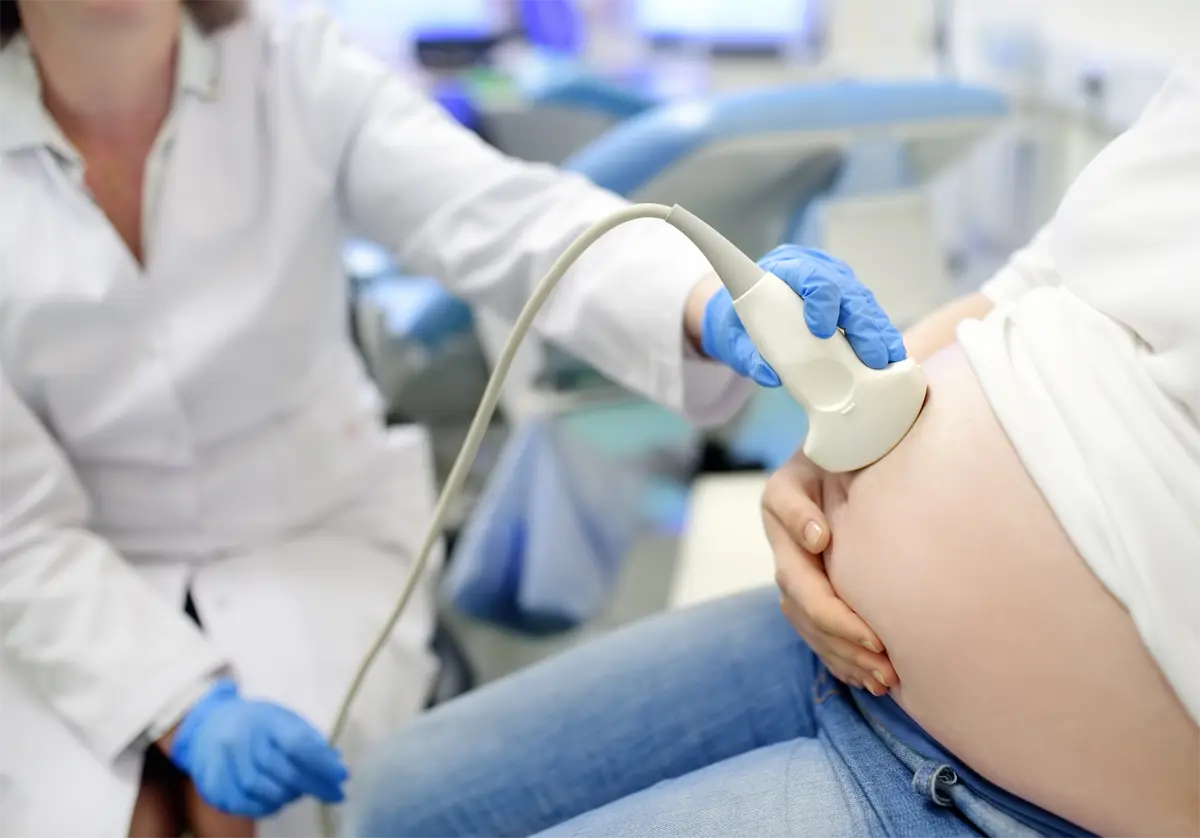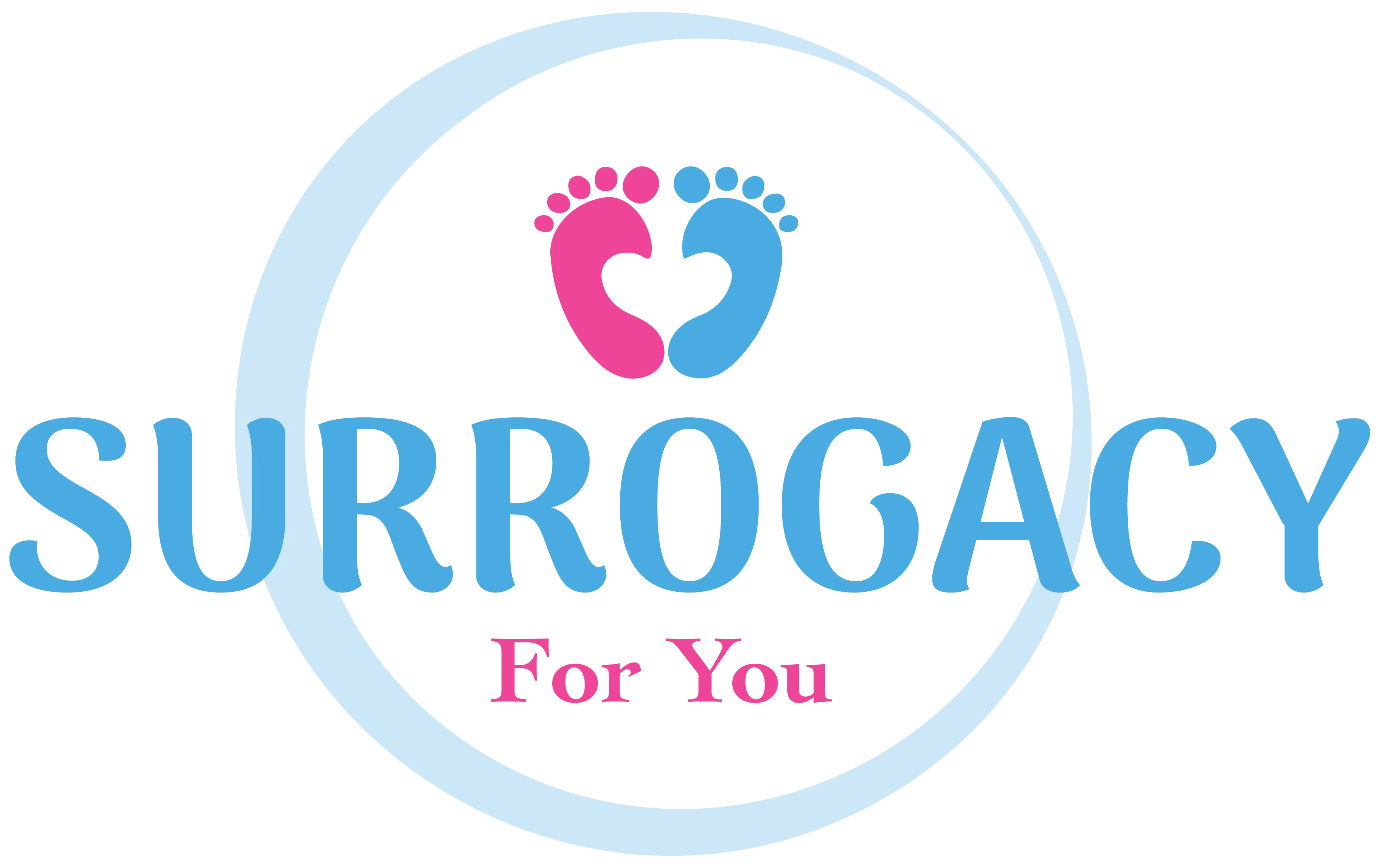IVF With Own Eggs
In vitro fertilization (IVF) using one'`s own eggs is a common fertility treatment for individuals or couples facing difficulties in conceiving. This procedure involves stimulating the ovaries to produce multiple eggs, retrieving these eggs, fertilizing them with sperm in a lab, and then transferring the resulting embryos to the uterus. Here is a detailed overview of the process:


Process Overview
Meet with a fertility specialist to discuss medical history, previous attempts at conception, and potential fertility issues. Initial tests often include blood tests to check hormone levels, ovarian reserve (e.g., AMH test), and a semen analysis for male partners. Imaging tests like ultrasound may also be used to examine the uterus and ovaries.
The patient takes hormonal medications (usually gonadotropins) to stimulate the ovaries to produce multiple eggs. This phase typically lasts around 10-14 days. Regular monitoring through blood tests and ultrasounds is necessary to track the development of follicles in the ovaries.
When the follicles are mature, a "trigger shot" of hCG or another medication is administered to induce final maturation of the eggs. About 36 hours after the trigger shot, the eggs are retrieved in a minor surgical procedure performed under sedation. A needle is inserted through the vaginal wall and into the ovaries to collect the eggs.
The retrieved eggs are mixed with sperm in a lab. This can be done through traditional IVF or intracytoplasmic sperm injection (ICSI), where a single sperm is injected directly into an egg.
Fertilized eggs are cultured in a lab for several days (usually 5 days). Embryologists monitor their growth and select the best quality embryos for transfer.
IVF with one’s own eggs is a widely used fertility treatment that offers hope to many individuals and couples facing infertility. Despite the challenges, advances in technology and medicine continue to improve success rates and outcomes.

